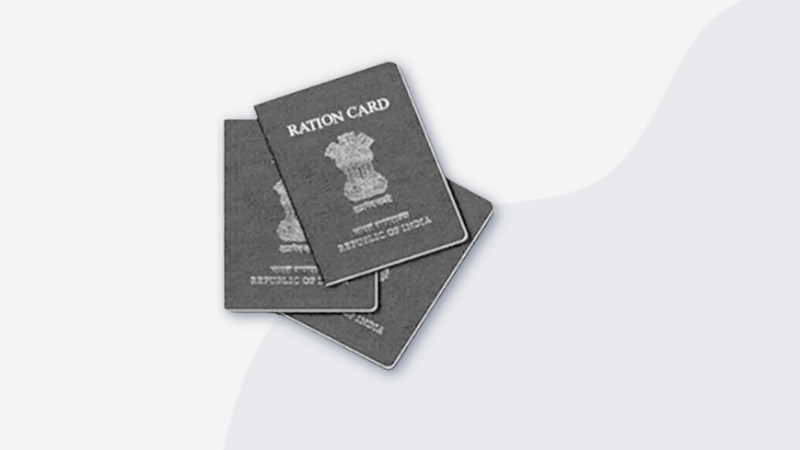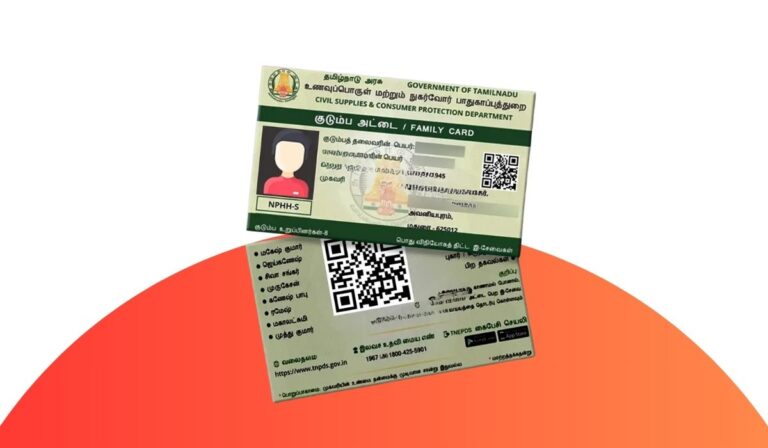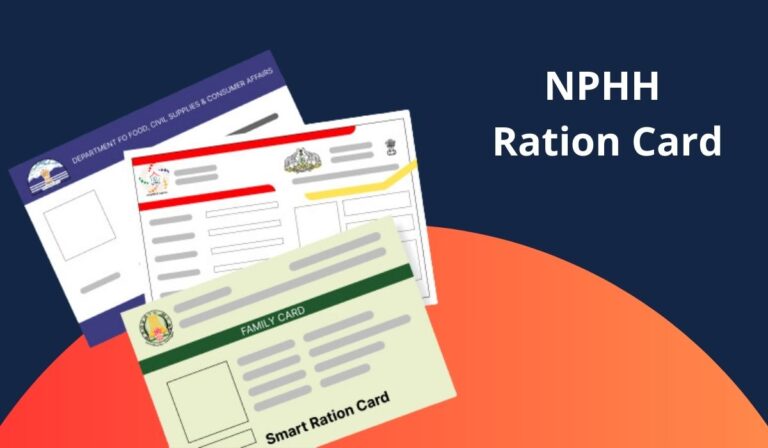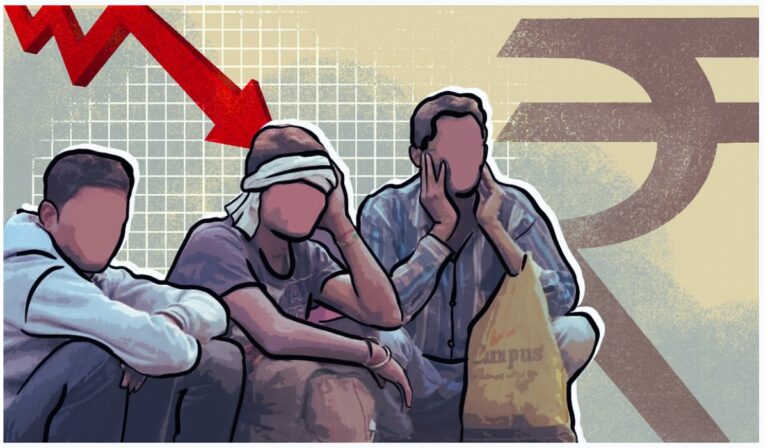Ration cards have been an integral part of India’s social welfare system for decades. They play a crucial role in ensuring food security and the equitable distribution of essential commodities among the population. The ration card has proven to be a valuable resource for individuals facing financial constraints or falling within the below-poverty line (BPL) category. It offers essential assistance in acquiring food staples that might otherwise be financially burdensome. Additionally, a ration (rashan) card serves as a dual-purpose document, serving as both proofs of identity and residence.
In this blog, we will explore the reasons and methods by which ration cards offer utility, highlighting their crucial role as a safety net for society and a fundamental means of accessing various government services.
What is a Ration Card?
A ration card is an official document issued by the government that allows individuals or families to purchase essential commodities like food grains, kerosene, and more at subsidized rates from government-approved stores.
Ration cards serve as a vital tool to combat food scarcity and ensure that every citizen has access to affordable food. They aim to provide a social safety net and prevent hoarding and price manipulation of essential goods.
Ration cards are typically issued to low-income families, but there are different categories based on economic criteria. These cards help identify eligible beneficiaries for various government welfare schemes.
History of Ration Cards in India
The history of ration cards in India is a significant aspect of the country’s socio-economic development. Rationing in India can be traced back to the early 1940s during World War II when the British colonial government introduced the rationing system to ensure a fair distribution of essential commodities like food grains, sugar, and kerosene, which were in high demand due to the war effort.
After India gained independence in 1947, the rationing system continued as a means to combat food shortages and ensure equitable distribution of food to the population. Over the years, the ration card system evolved and adapted to the changing needs and challenges of the country. Here’s a brief overview of key milestones in the history of ration cards in India:
- Introduction of Rationing Boards: The government established Rationing Boards in various states to manage and oversee the distribution of essential commodities. These boards played a vital role in issuing ration cards to eligible households.
- Three Categories of Ration Cards: Over time, the ration card system was categorized into three main types: Above Poverty Line (APL), Below Poverty Line (BPL), and Antyodaya Anna Yojana (AAY) cards. Each category determined the entitlements and benefits a household could receive.
- Computerization and Modernization: In the 1990s and 2000s, there was a significant push towards computerization and modernization of the ration card system to reduce fraud, ensure transparency, and streamline the distribution process.
- Targeted Public Distribution System (TPDS): The TPDS was introduced in 1997 to better target food subsidies to those who needed them the most. It aimed to reduce leakages and improve the effectiveness of the rationing system.
- Aadhaar Integration: In recent years, the Indian government integrated the Aadhaar system (a biometric identification system) with ration cards to further enhance transparency and eliminate duplicate or fake cards.
- Digitalization and Portability: The digitization of ration cards and the introduction of the ‘One Nation, One Ration Card’ scheme aimed to provide greater mobility to beneficiaries, allowing them to access their entitled food rations from any part of the country.
Throughout its history, the ration card system in India has played a pivotal role in ensuring food security for millions of households, especially those in vulnerable economic conditions. While there have been challenges and improvements along the way, the system continues to be a critical tool in the country’s efforts to address poverty and hunger.
Types of Ration Card
In India, ration cards are categorized into several types, each serving a specific purpose. The main categories are –
- White Ration Card: This card is available for individuals whose income is above the poverty line. The “white” classification signifies that the cardholder is an Indian citizen with an income exceeding the poverty threshold.
- Blue/Red/Green/Yellow Ration Card: These varieties of ration cards are issued to those falling below the poverty line. These cards are instrumental in providing access to essential food items at reduced, subsidized prices for economically disadvantaged individuals.
Benefits of having a Ration Card in India:
Owning a ration card in India comes with a multitude of benefits for the cardholder, which encompass:
- Food Security: Ration cards make sure that families with low incomes can always afford to buy essential food like rice, wheat, sugar, and cooking oil.
- Lower Prices: Ration cardholders get these food items at cheaper rates than what’s available in regular stores.
- Identification and Address Proof: Ration cards also prove who you are and where you live. This can help you access government services and programs.
- Access to Help: Having a ration card can make you eligible for different support programs like scholarships, housing assistance, and job opportunities.
- Convenient LPG Access: Certain types of ration cards grant access to subsidized cooking gas (LPG) connections, offering economic relief for household cooking needs.
- Support for Marginalized Groups: Ration cards help identify and assist people who are often justify out, making sure they get the help they need to be a part of social welfare programs.
List of Official Department of Food, Supplies, and Consumer Affairs (State-wise PDS websites)
Ration cards are distributed and regulated by state governments in India, with the Public Distribution System (PDS) managing the distribution of subsidized goods through a network of Fair Price Shops. You can explore and check the available services offered by visiting the official state-wise PDS websites that are listed below.
Eligibility for ration card: To apply for a ration card, you must meet specific eligibility requirements.
Eligibility for ration card:
To apply for a ration card, you must meet specific eligibility requirements:
- No one else has submitted an application for a ration card in your name.
- No other member of your family has already applied for a ration card.
- You must be an Indian citizen.
Frequently Asked Questions (FAQs)
Q: How do I apply for a ration card in India?
The process may vary by state, but generally, you need to visit the local ration card office, fill out the application form, provide necessary documents, and follow the prescribed procedure.
Q: Can I transfer my ration card from one state to another?
Yes, you can apply for a transfer of your ration card when you move to a different state. In this process, you have to submit an application of your transfer request along with the other required documents.
Q: What documents are required to obtain a ration card?
Commonly required documents include proof of residence, family income certificate, and identity proof. Specific requirements may vary by state.
Q: Who can get a White Ration Card?
In India, individuals with an annual income of less than Rs. 11,000 are eligible to receive white ration cards, which are also referred to as D cards. Additionally, families with an annual income exceeding Rs. 1 lakh can also be issued these cards.
Q: How can I check the status of my ration card application?
Most states offer online facilities to check the status of your ration card application. You can do this by visiting the official PDS website of your state.
Conclusion:
Ration cards in India are a crucial tool for ensuring food security and providing essential commodities to the nation’s diverse population. They have a rich history and serve as a lifeline for millions of families living below the poverty line. By understanding the types of ration cards, their benefits, and where to access information, you can navigate this essential aspect of India’s social welfare system more effectively.
Also, read:




